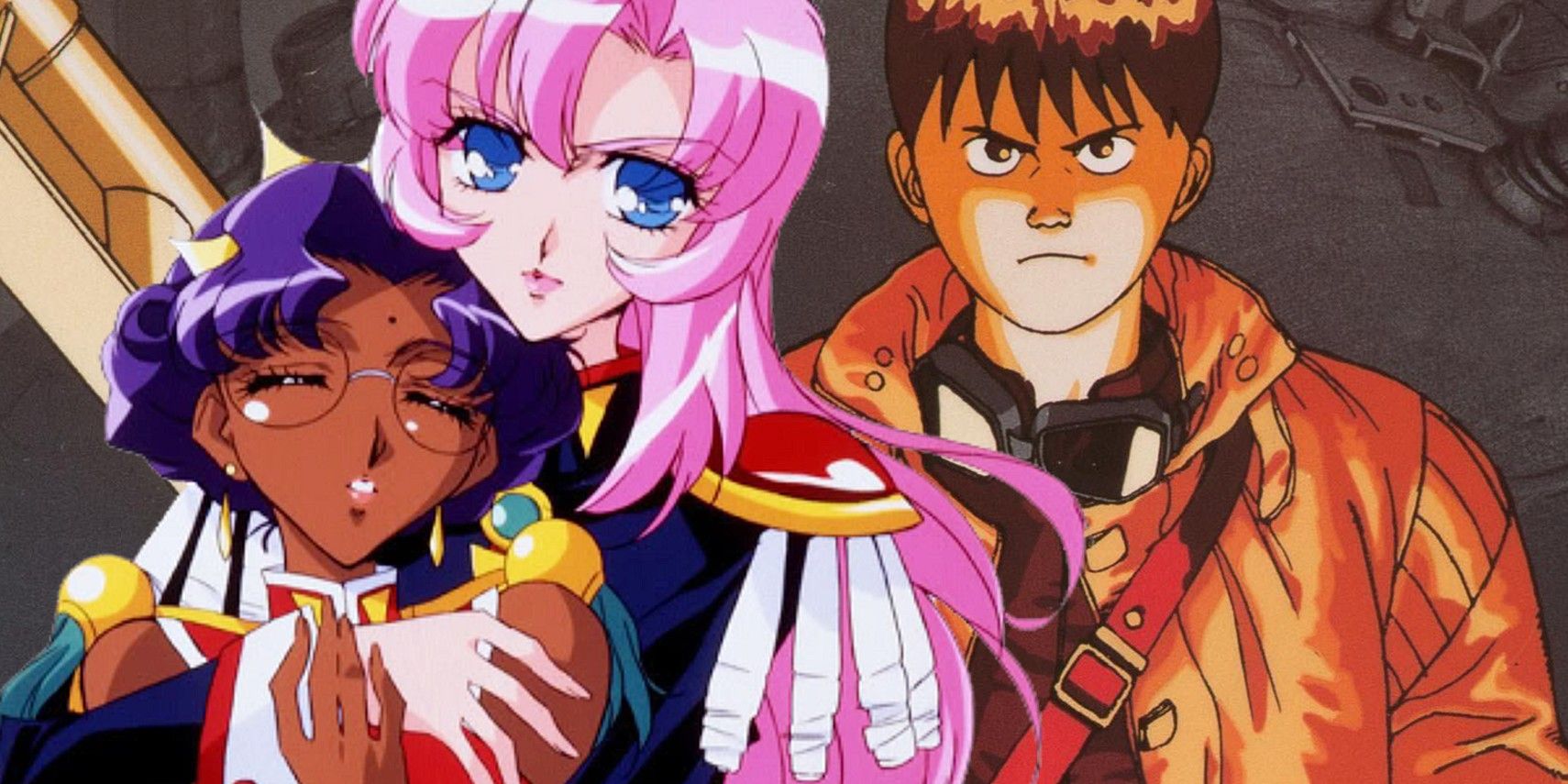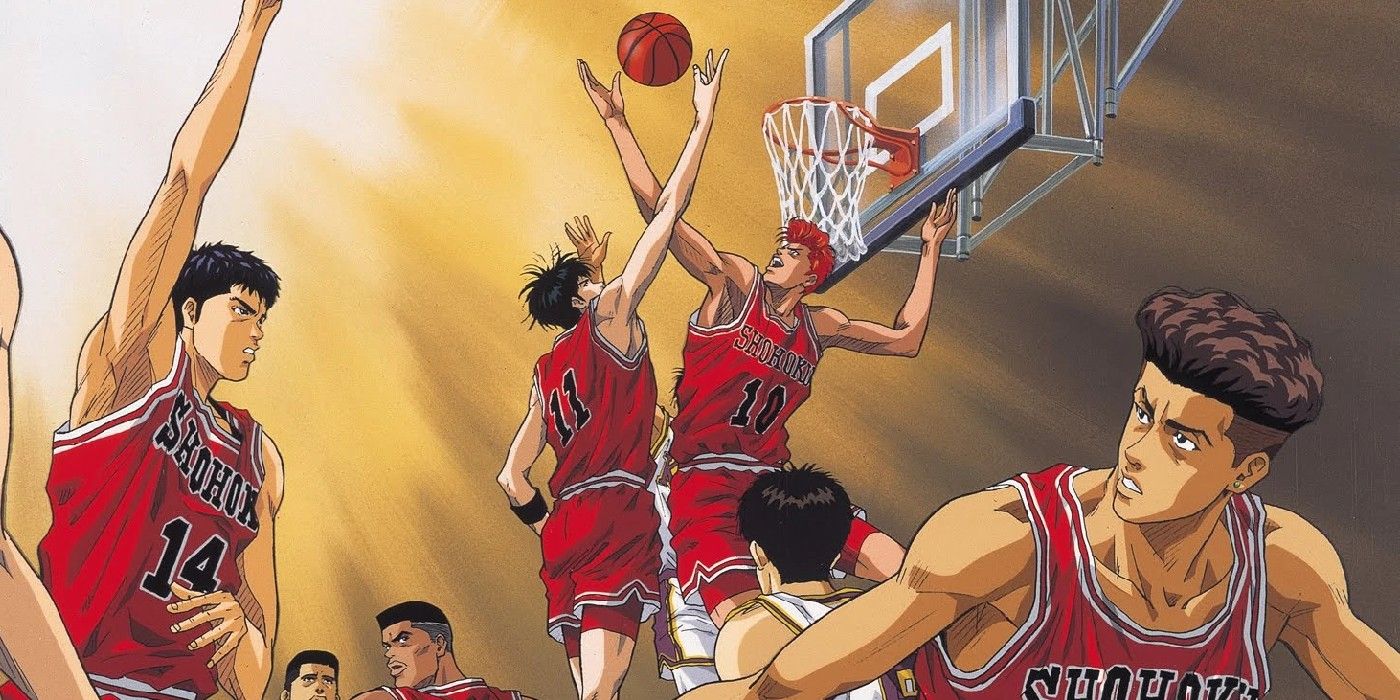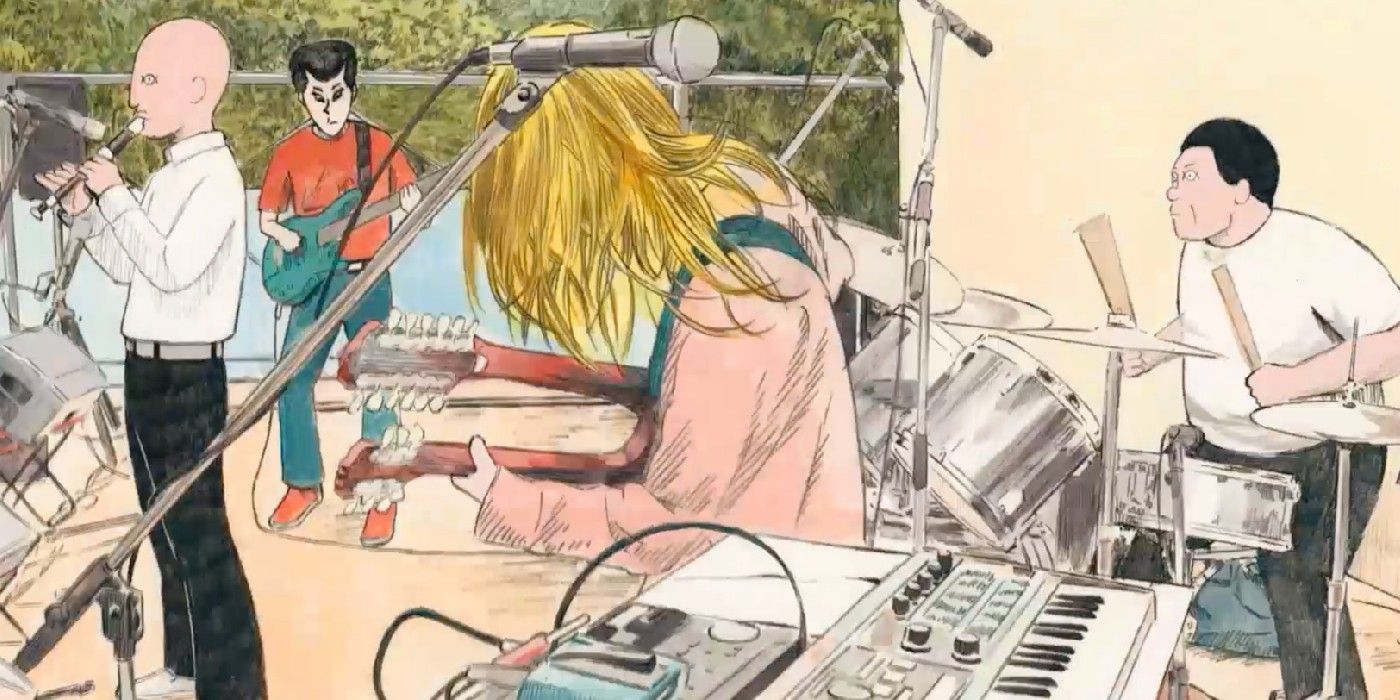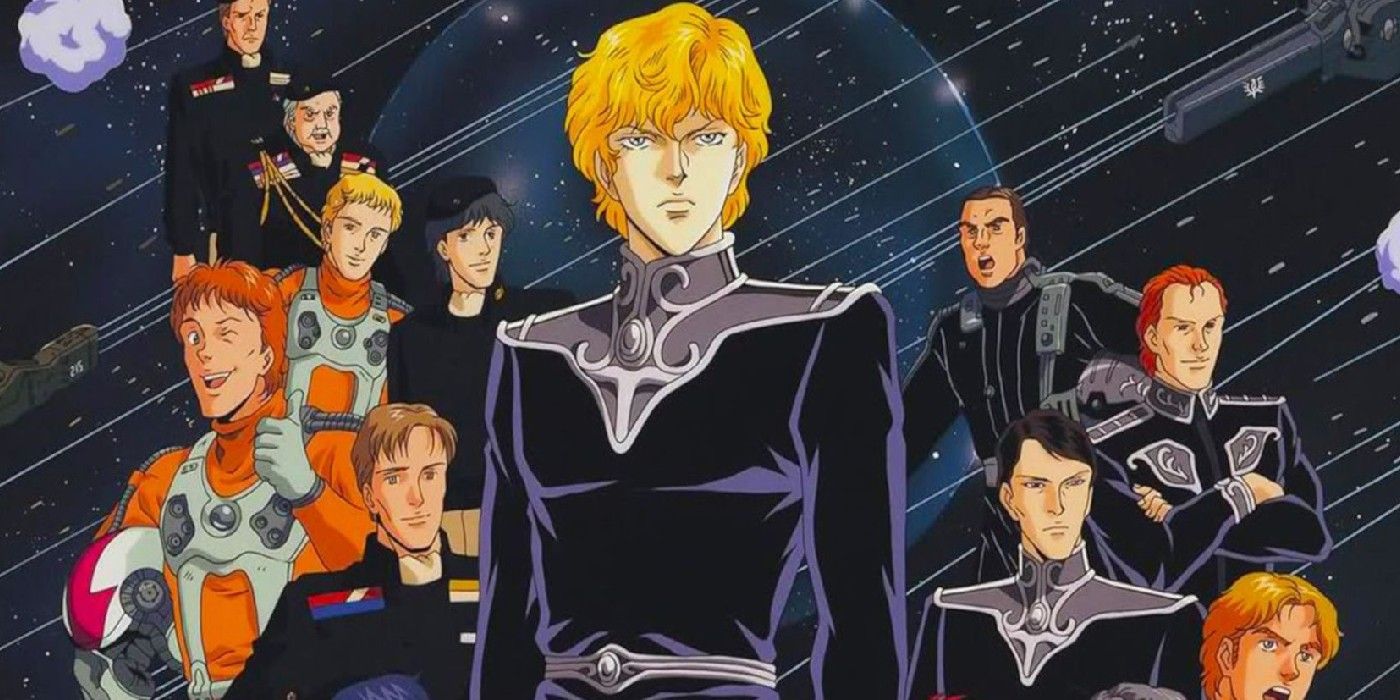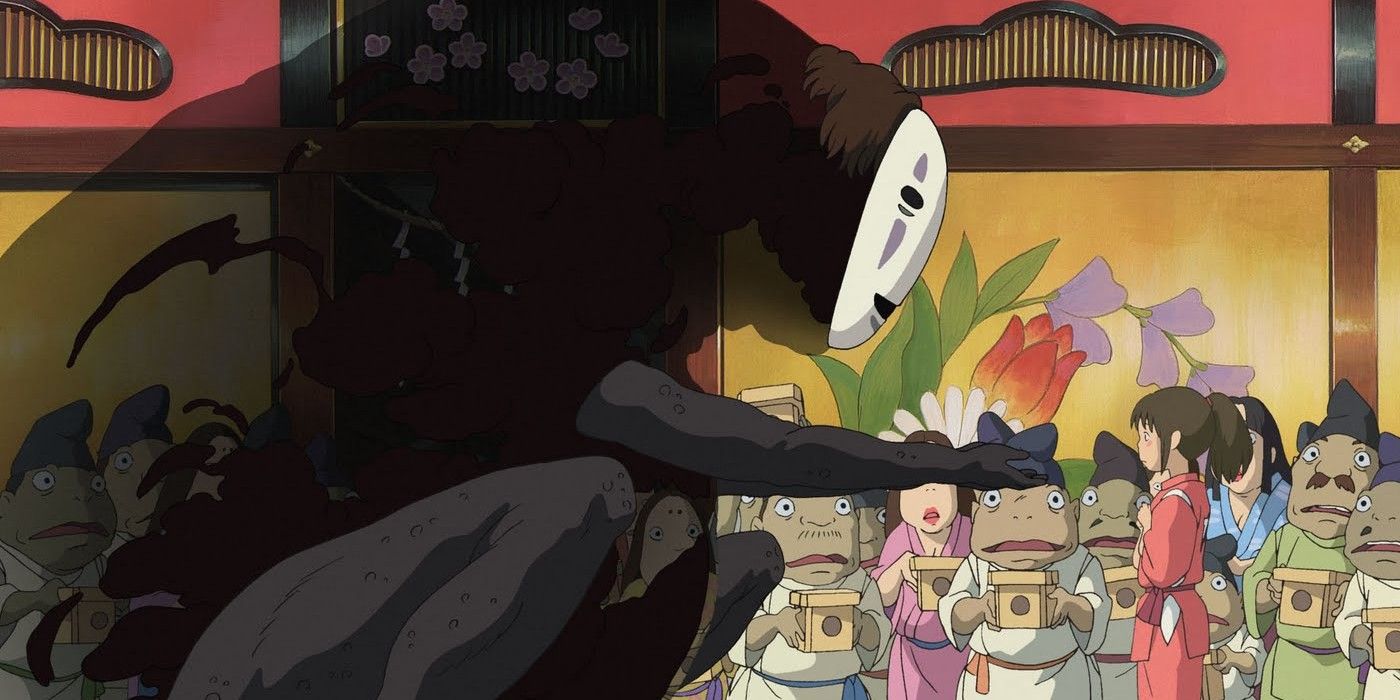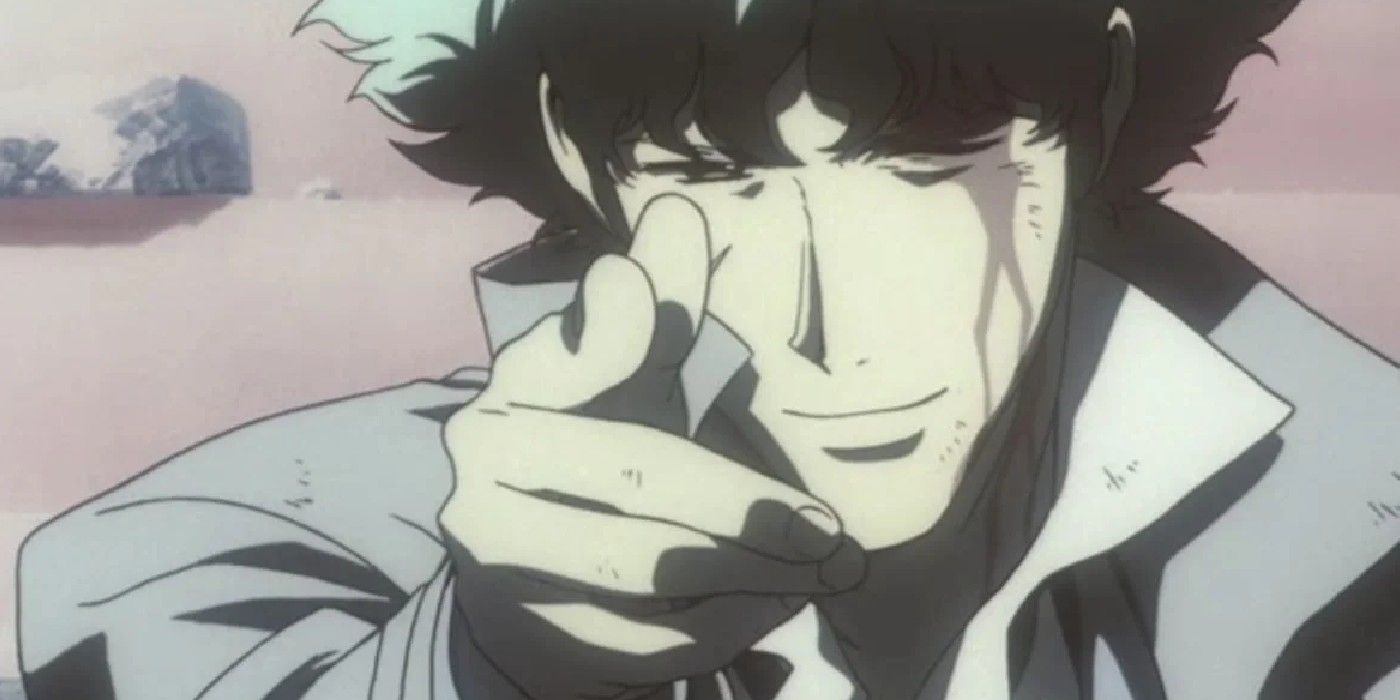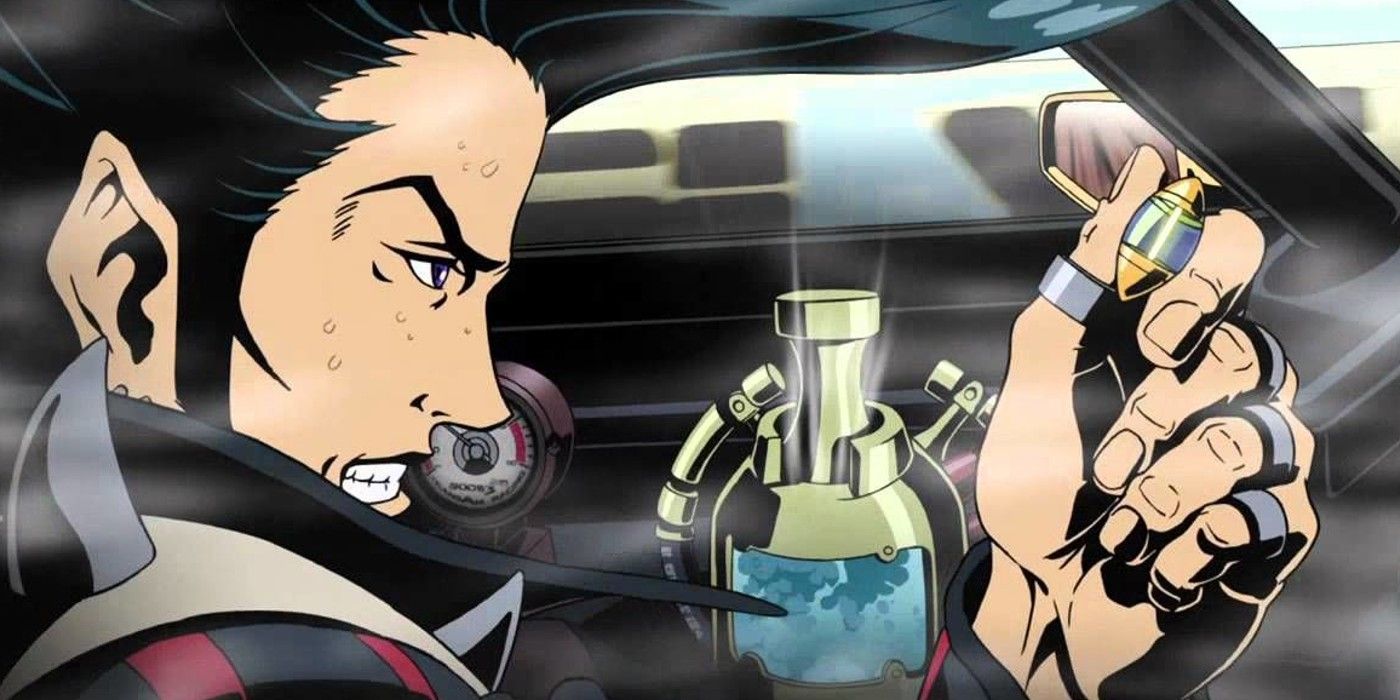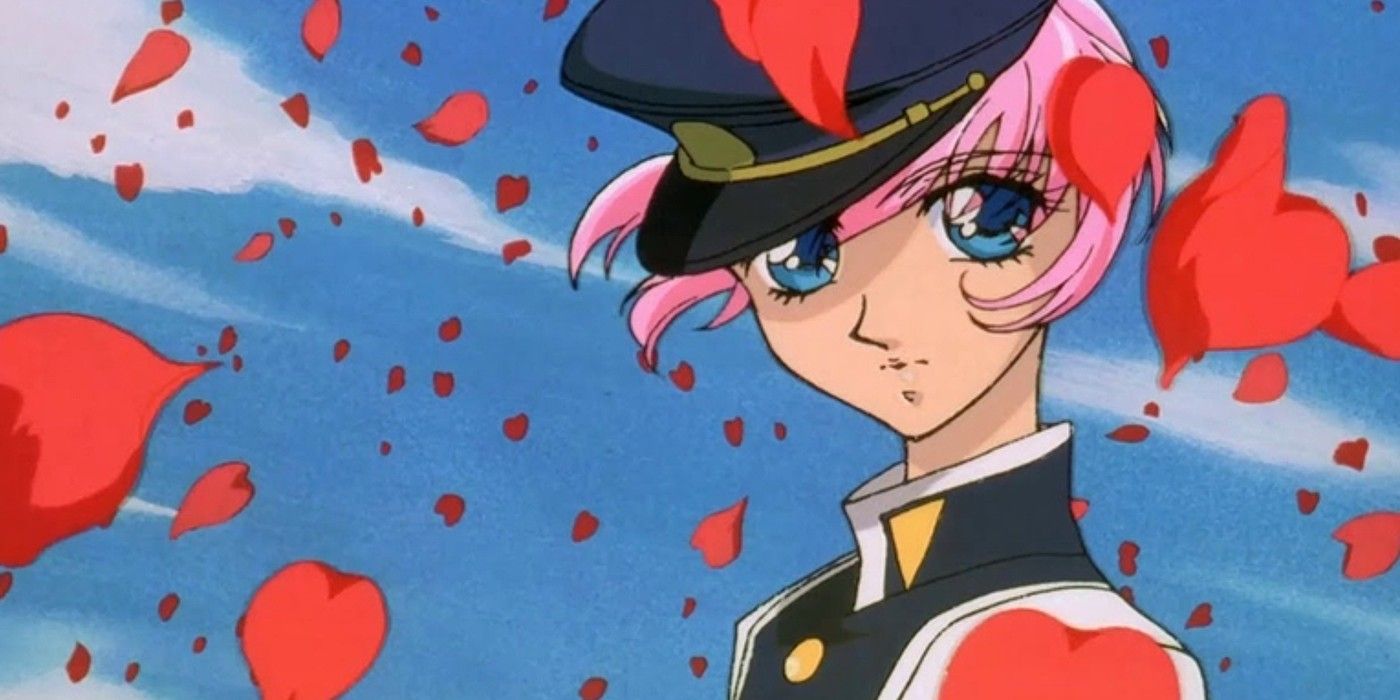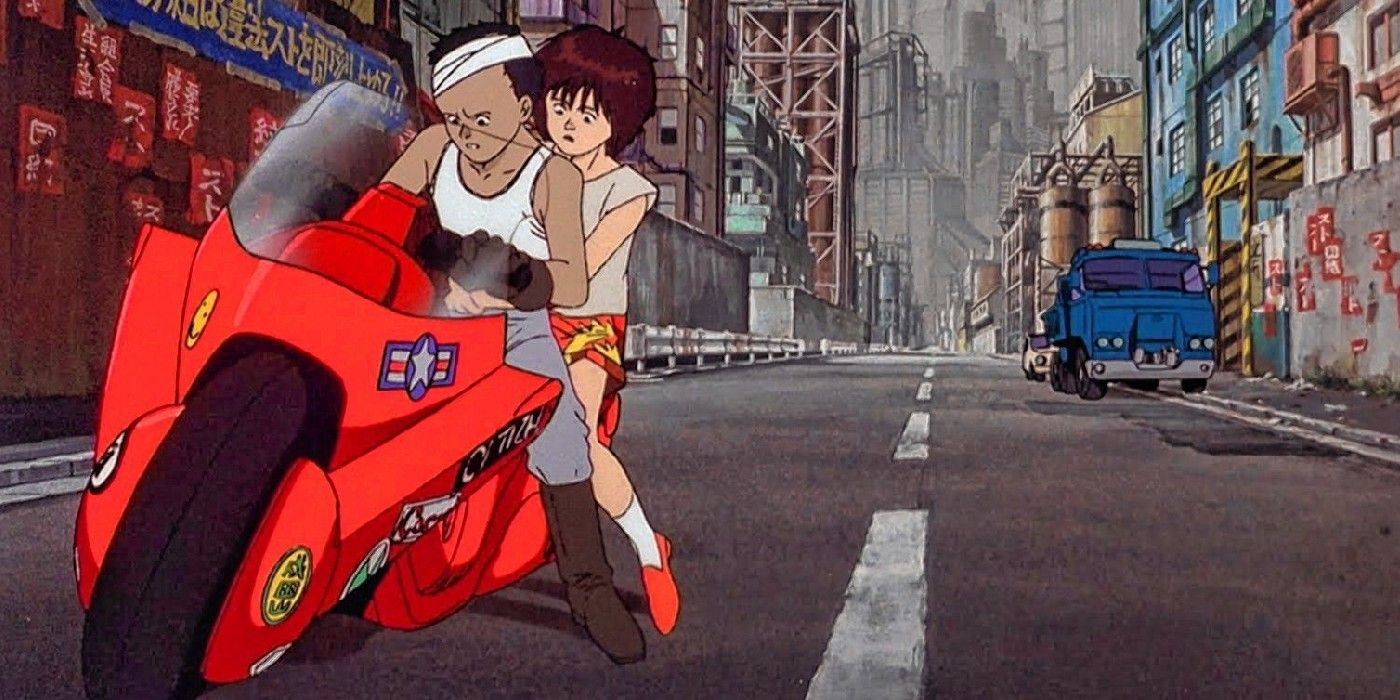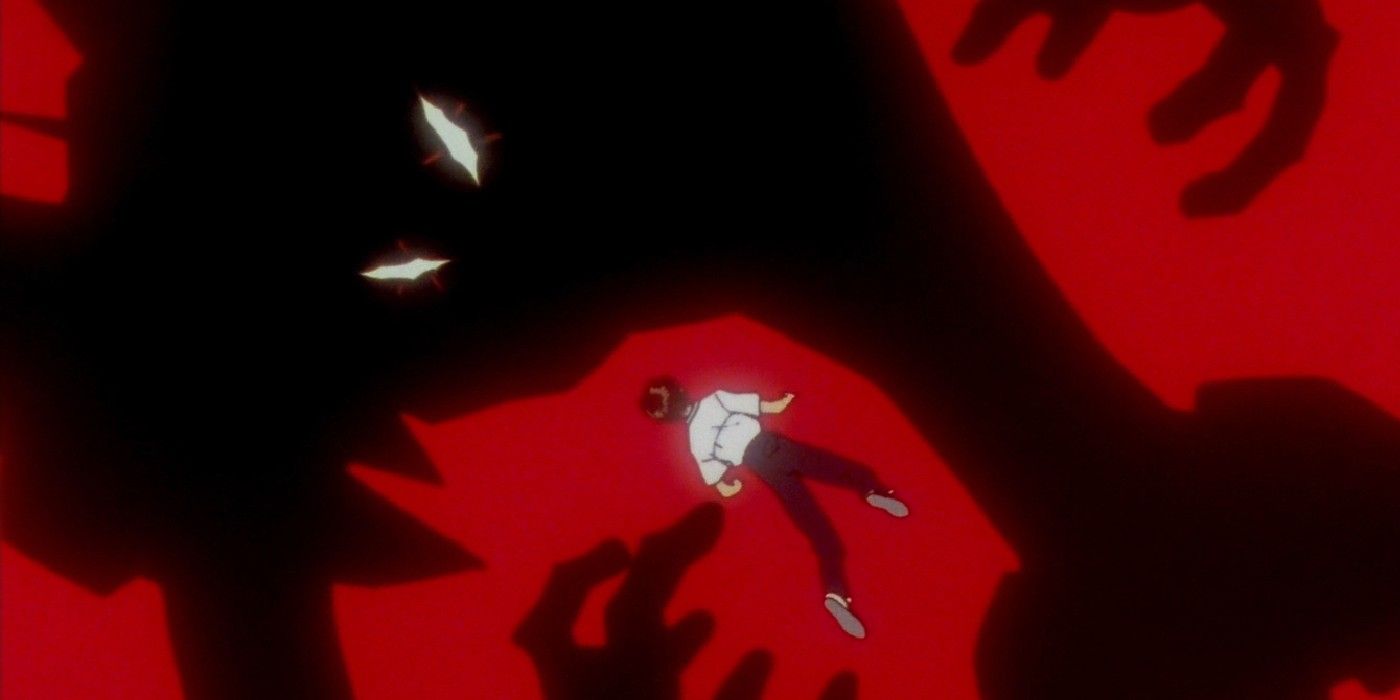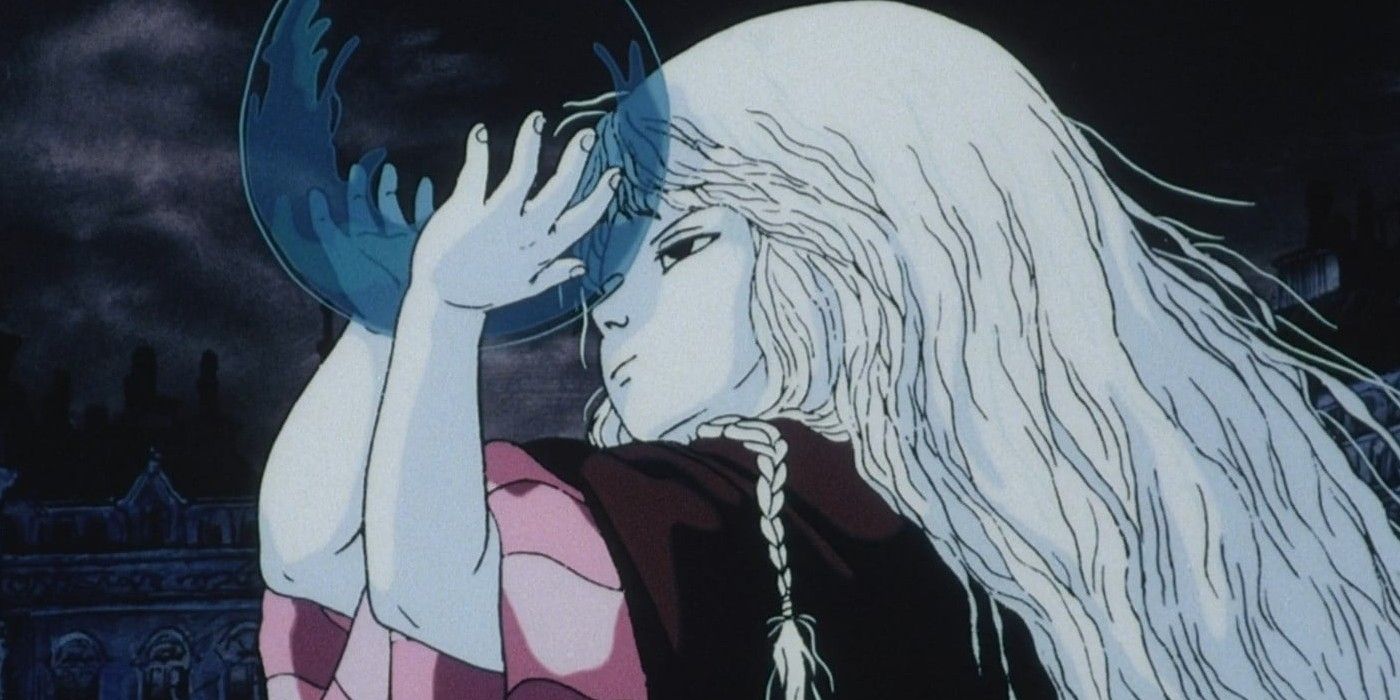The advent of computer technologies changed the art world forever, and nowhere was this paradigm shift clearer than in the field of animation. Thanks to computers, creating animation has become a lot easier and faster than ever before – creating an obvious, financially fiscal decision from studios.
However, something was lost in this pivot from hand-drawn to digital animation. In the realm of modern anime, there are stark aesthetic differences between the hand-made and the digital. There is an essential quality in anime that's lacking with the reliance on digital programs.
10 Slam Dunk Is Considered The Peak Of Sports Anime For A Reason
When it comes to sports anime, Slam Dunk is credited for setting most (if not all) of the genre's conventions and standards. This is especially true for its animation, which holds up even today. Besides bringing Takehiko Inoue's amazing art to life, the series pushed its animation to the limit to depict unforgettable basketball games.
Slam Dunk's old-school animation and direction don't need to be as flashy as today's sports anime to hit the right notes, and even scenes that aren't centered on basketball are great to look at. Though Slam Dunk ended decades ago, it's still the anime to beat when it comes to animated depictions of athletics and sports.
9 On-Gaku: Our Sound Was One Man's Rotoscoped Labor Of Love
Rotoscoping (or tracing over live-action footage) is an animating technique that's used sparingly due to how demanding it is, and yet Kenji Iwaisawa used it for his feature film debut. What's more, Iwaisawa predominantly animated On-Gaku by himself over the course of seven years, and only got outside help as a last resort.
On-Gaku was fixed and edited digitally, but every frame was made by hand and rotoscoped with traditional skills and tools. All in all, Iwaisawa drew more than 40,000 frames. The visually different On-Gaku may be a love letter to music, but it's also a testament to one man's determination to complete the animated adaptation of his friend's manga.
8 Legend Of The Galactic Heroes Pushed Traditional Animation To The Galactic Extreme
Something old-school anime will always have over their computerized counterparts is the classic space operas. Case in point, Legend Of The Galactic Heroes' original run. Thanks to its skilfully-animated space battles and attention to detail, it's easy to see why the 110-episode OVA is considered by its faithful to be the last true anime space opera.
Legend Of The Galactic Heroes lived up to its story's epic scale, and it also evoked its historical inspirations through ornately detailed characters, worlds, and more. A testament to the anime's classic status is how its modern digital remake struggles to achieve even a fraction of the original show's impact despite telling the same story.
7 Spirited Away Was The Height Of Studio Ghibli's Artistry
To be fair, every Studio Ghibli film (especially those directed by Hayao Miyazaki) is a masterclass of traditional animation. That being said, Spirited Away was a prolific studio at its peak. Not only is it Miyazaki's most visually imaginative work, but it's currently the only traditionally-made movie to win the Oscar for Best Animated Feature.
Almost every frame of Spirited Away overflows with details and characters that can only be noticed during a rewatch, and the same goes for backdrops and locations that often get a few seconds of screen time at most. Together, these hand-drawn elements create an animated sight to behold for a fantasy movie like no other.
6 Cowboy Bebop Is One Of The Most Cinematic Anime Ever Made
Cowboy Bebop is the kind of miracle that rarely graces the medium of anime. Besides the fact that its creators were given total creative control, the whole series could be viewed as an experimental collection of experimental episodes (dubbed "sessions") that allowed the creators to explore different styles of storytelling.
Each session boasted a unique visual language that matched the given story's tone, to the point where every session felt like its own stand-alone short movie. Cowboy Bebop is one of the few hand-drawn anime that could be called "cinematic," and its perfectly-animated movie Knockin' On Heaven's Door gives this claim even more credence.
5 Redline Was The Traditional Anime's Last Hurrah
In more ways than one, Redline is the end of many eras. Besides being the last movie Madhouse made during its peak, it was also one of the last fully hand-drawn anime movies made. Following its poor box office performance, Madhouse restructured, while studios prioritized computerized anime for practicality's sake.
Redline needed almost 100,000 hand-drawn frames, and it took seven years to finish. Because of how much detail was poured into every second, the release of Takeshi Koike's directorial debut was delayed multiple times. Redline bombed in 2010, but it endured and is now considered to be one of the best-looking anime of all time.
4 Revolutionary Girl Utena Unleashed Anime's Surreal & Theatrical Sides
There's something about old-school shojo anime that their modern counterparts can't recapture, and Revolutionary Girl Utena is a good case study of this. Unlike their contemporaries, Utena and Anthy's romance was a surrealist take on the very idea of love and more, which means the animators pushed the hand-drawn abstractions to the limit.
Everything from the color palette to the character's blocking was artistically thought out, to the point where certain scenes looked more like a grandiose stage production. The series' visual allegories and symbols hit their peak in the movie Adolescence Of Utena, which was more of a beautiful art movie than a straightforward love story.
3 Akira Turned Death & Destruction Into A Work Of Art
Akira seared itself into a generation's memories not just through its impossibly good detailing and rendering of the dystopian Neo Tokyo, but because of said cityscape's destruction and ensuing carnage. If there's anything Akira is known and beloved for, it's the highly detailed death and destruction that went nuclear in the now-iconic final act.
But even when the movie wasn't focusing on Tetsuo's rampage, Akira was an incredible feat of traditional animation like no other. Every character and background was animated traditionally, resulting in one of the most stunning anime movies ever made. Computers can make detail work easier, but they'll always lack the grit and imperfections of Akira.
2 Neon Genesis Evangelion Transcended The Medium's Limits
A lot has already been said about how Neon Genesis Evangelion changed anime storytelling forever, but many tend to overlook its animation. Shinji Ikari's tragedy wouldn't have been as impactful as it was if not for its animation, which turned an otherwise familiar edgy mecha story into the animated adaptation of a very troubled psyche.
Even before its abstract finale that was brought about by budget cuts, Neon Genesis Evangelion pushed its traditionally animated episodes into surreal territory through unorthodox direction and editing. The series may be the exception when it comes to troubled productions, but it still stands as an artistic achievement in traditional animation.
1 Angel's Egg Took Visual Storytelling To New Heights
Director Mamuro Oshii's anime movies are all testaments to the medium's artistry, but Angel's Egg is easily his best yet most underrated work. Besides its immaculately animated cels and frames that were all painstakingly detailed and look like paintings, this classic OVA is notable for its relative lack of dialogue and its reliance on visual storytelling.
Angel's Egg is the kind of anime that should be experienced more than it should be understood, which is how it earned its reputation for being more of an animated art exhibition than a concrete story. Today's digitally-made anime look amazing and could even improve in the future, but none of them will achieve the raw and classic artistry of Angel's Egg.

